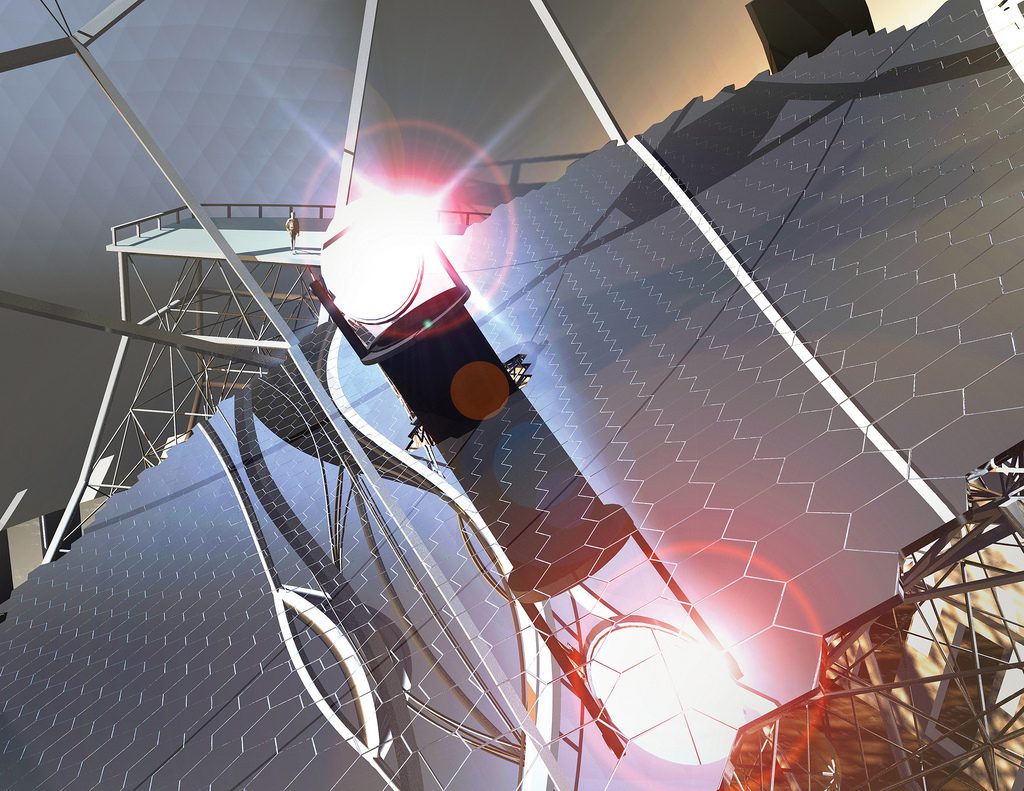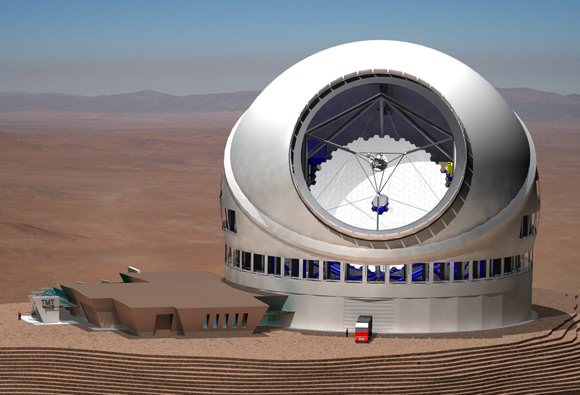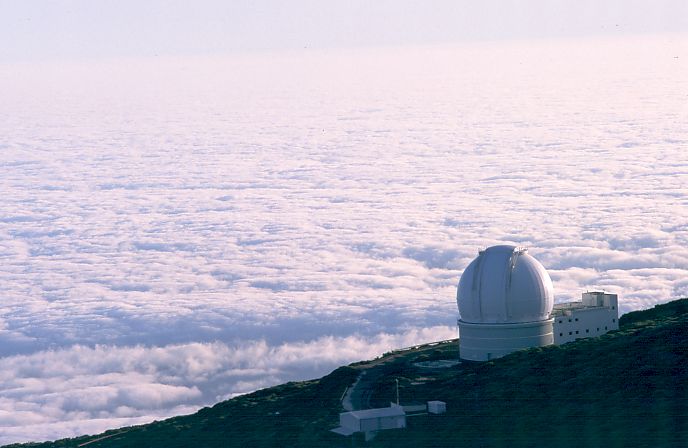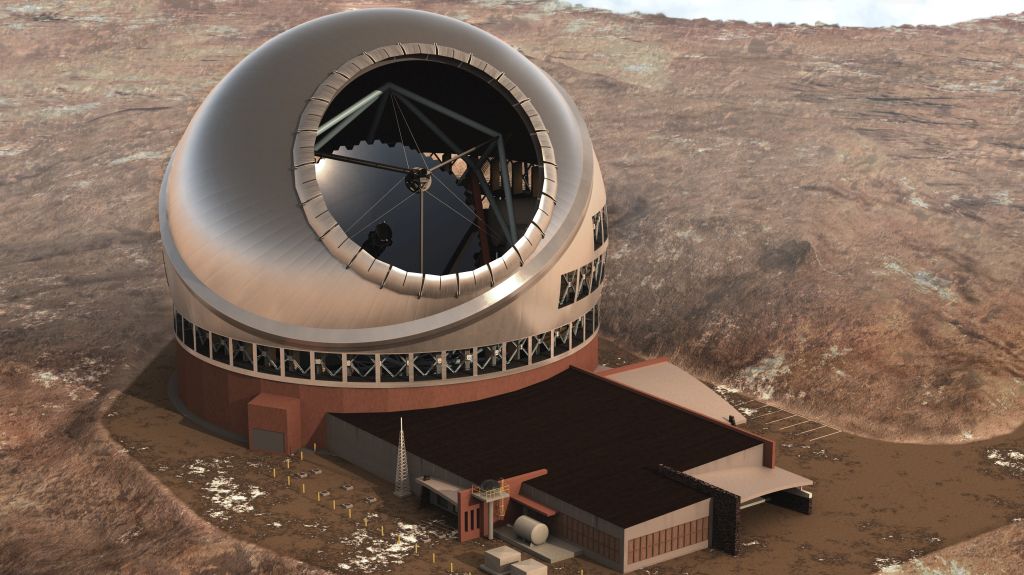Japan has suspended its funding contribution to the controversial Thirty Meter Telescope (TMT) in Hawaii. An international consortium is behind the TMT, which was proposed for the summit of Mauna Kea. Mauna Kea is one of the most desirable observing locations on Earth. It’s already host to several observatories, including the Subaru Telescope and the Keck Observatory. The $1.4 billion TMT would be the most powerful telescope there.
The TMT is one of the new class of telescopes called Extremely Large Telescopes (ELT). Telescope mirrors are limited in size because they can become so heavy they warp. Currently, the largest telescope mirror in the world belongs to the Gran Telescopio Canarias (GTC). But a new class of telescopes using segmented mirrors are breaking new ground in mirror sizes. The TMT will have a 30 meter primary mirror in 492 segments, making it much more powerful than the GTC.

But the construction of the TMT is facing opposition. Native Hawaiian Islanders regard the summit of Mauna Kea as a sacred location, and they’re fighting hard to have the project cancelled. As of now, the future of the project is uncertain, and this led to Japan’s funding suspension.
According to reports, Japan hasn’t dropped out of the TMT completely. Their role was to supply components for the super-telescope, and it appears that the country still supports the project. But in December, Hawaii County Mayor Harry Kim announced a two-month moratorium on construction of the TMT, which likely played into Japan’s decision.

In a statement, Tomonori Usuda, TMT Japan project manager with the National Astronomical Observatory of Japan, said “We need to slow down the development activities in Japan for the fiscal year.”
It’s not clear how much funding is affected. Japan is building mirror segments for the TMT’s primary mirror, and according to Japan’s national broadcaster NHK, 200 mirror segments will be affected.
In the Hawaii Star-Advertiser, Mauna Kea hui leader Kealoha Pisciotta welcomed Japan’s decision, saying “I’m hoping the other partners will take Japan’s lead. Hopefully Japan is leading the charge in doing things in a better way, a pono way. That’s good news.”
The TMT consortium has a backup site for the telescope, in La Palma, Canary Islands, Spain. It’s already home to several observatories, including the Gran Telescopio Canarias and the William Herschel Telescope. The summit is at about 2,400 m (7,874 ft) above sea level, free of clouds most of the time, although clouds regularly form below the observatory level.

India is one of the partners in the TMT consortium, and they’re also manufacturing mirror segments. According to reports, India would like to move to the back-up site, and China may be pushing for it, too.
The TMT is only one of the super-telescopes being built or planned. The European Southern Observatory is building the Extremely Large Telescope (ELT) at Cerro Armazones in the Atacama Desert of northern Chile. The Giant Magellan Telescope (GMT) is being built at Las Campanas Observatory in Chile. It’s a partnership between several countries, with the US in a leading role.
The TMT’s future has been uncertain for a while now, with native Hawaiians protesting, and even blocking the road to the summit of Mauna Kea. The TMT consortium and the Hawaiians opposed to the telescope have held many talks. Though the talks have been respectful, there’s no clear resolution to the issues yet.
More:
- Japan Times: Japan suspends funding for Hawaii telescope amid local opposition
- Thirty Meter Telescope website
- Hawaii Star Advertiser: Japan suspends its funding for TMT
- Universe Today: Rise of the Super Telescopes: The Thirty Meter Telescope

